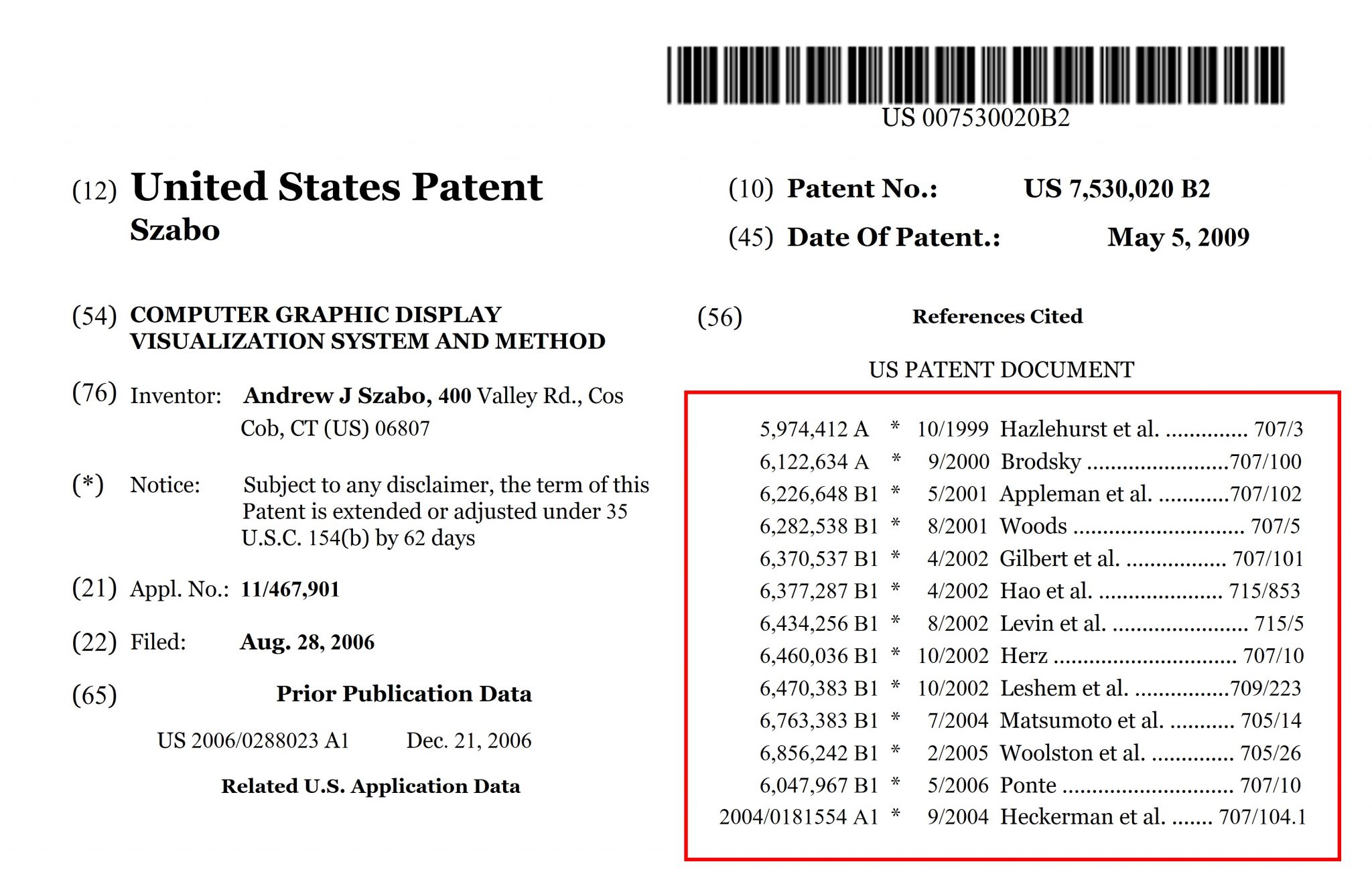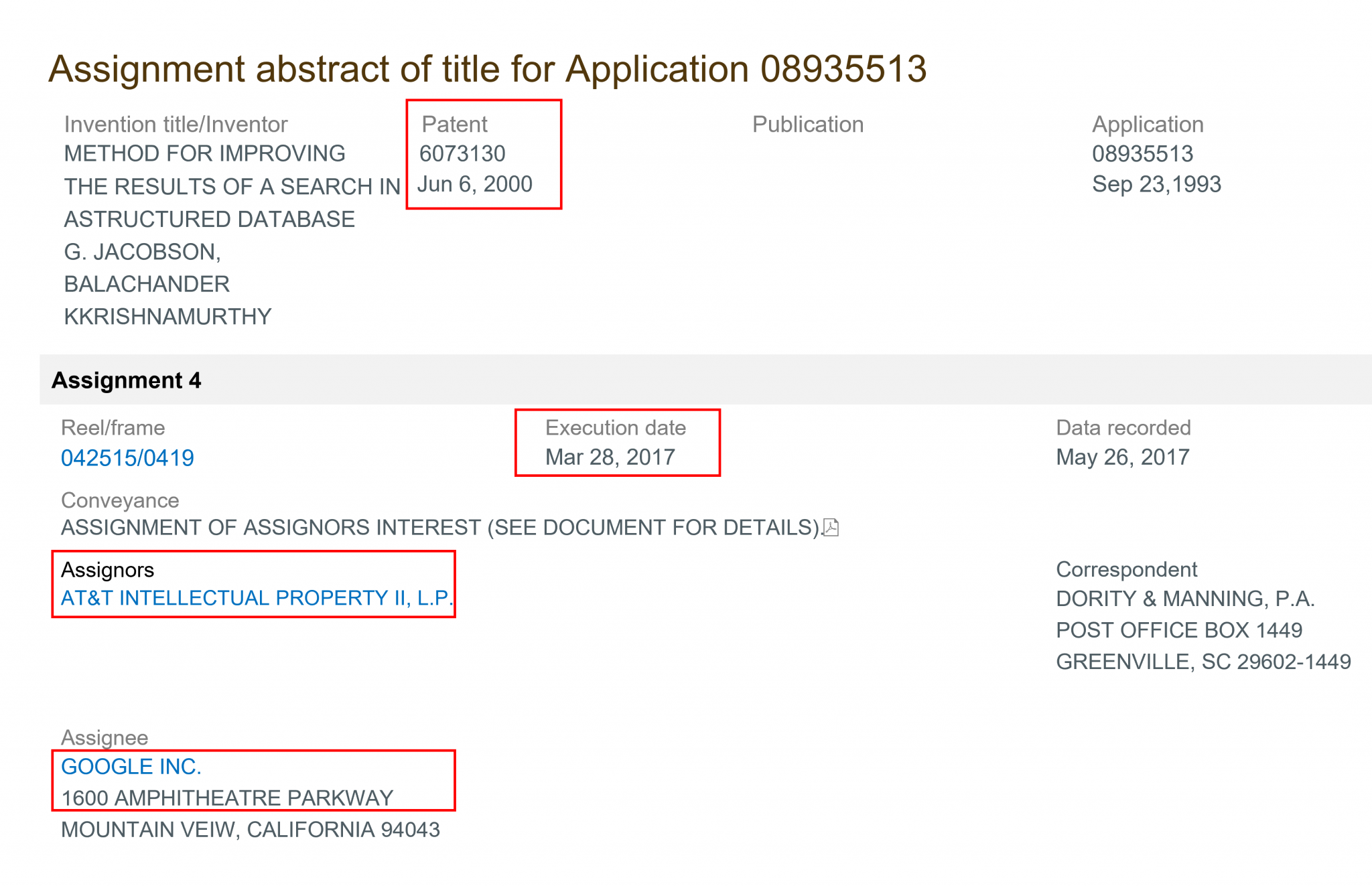Patent acquisition includes buying a specific patent or acquiring a broad range of related patents to create and augment a patent portfolio. The patent acquisition can be done for one or more of the following reasons:
1. For cross-licensing or defensive purposes – Patents of a target technology are acquired by companies to address present and near-future risks. Once a competitor sues a company, the company can acquire patents targeting the competitor to counter-sue the competitor and thus use the acquired patents for cross-licensing or defensive purposes.
2. For expanding product services – A company generally acquires patents to use the technology and Intellectual property to augment and expand the product offerings and add new products.
3. For offensive purposes – A company often acquires patents to add to its existing list of infringing patents against another company to increase the span of the infringement contention.
For acquisition, a company generally targets patents assigned to one or more of the following:
1. Small Companies/Start-Ups
2. Individual Inventors
3. Non-Practicing Entities
4. Bankrupt companies with good Intellectual property
5. Patents acquired from non-core areas of the competitors
What is a Citation?
Citations come in two variants—forward and backward. In the US, backward citations are created by inclusion on an Examiner’s List of Cited Art or by an applicant’s submission on an Information Disclosure Statement (IDS). Examiners cite patents and applications as blocking subjects in their rejection arguments for either novelty (a 102 rejection) or obviousness (a 103 rejection).

Use of Backward Citations for the Targeted Selection of Patents
USE CASE – 1
A first company, “X,” wants to target a second company, “B,” and specifically a security product suite, “C,” offered by company “B” for patent infringement. However, the first company, “X,” has only a couple of patents in its patent portfolio that are being infringed upon by security product suite “C.” The first company, “X,” wants to add more patents to target security product suite “C” and thus wants to acquire new patents before filing an infringement case against company “B.”
Solution Using Backward Citations –
The first company, “X,” extracts patents assigned to company “B” related to security product suite “C.” The extraction can be performed by running key strings related to the features of the security product suite “C.”
Then, for each patent, examiner-cited backward citations are extracted. Assignees of the backward cited patents are also identified. Considering the required remaining life of the patents, backward cited patents assigned to smaller players/NPEs/Inventors are shortlisted.
Since the selected backward cited, patents are used in 102(a) or 102(b) rejections of the patents related to product “C.” Thus, the cited patents can be directly related to product “C” and considered for potential infringement by-product “C.” A detailed search can be performed on the patents for due diligence for acquisition.
The company “X” can acquire patents to increase the number of infringing patents before approaching company “B” for patent licensing or monetization.
USE CASE – 2
A first company wants to acquire a patent to add new functionality to the product portfolio, supplement current R&D functions, or as a defensive means to prevent future infringement.
Example of Use of Citations Indicating the Acquisition Target – Google Acquired AT&T Patent
As shown below, the US6073130 originally assigned to AT&T Intellectual Property was assigned to Google Inc. on March 28, 2017.

The re-assignment can be indicated based on the fact that US6073130 is an examiner-cited reference for a plurality of Google patents such as US7412708, US8645391B1, and US7680809B2. In addition to these, a lot of Google patents have US6073130 as applicant-cited reference. This indicates the importance of US6073139 for Google. The domain of the patent is also related to the core search engine service of Google.

The Tracking Examiner Cited References of Patent Applications for Acquisition.
If a specific patent occurs for a considerable time across several patents as a prior art reference, then it becomes a potential candidate for acquisition since it can become a threat as well as can act as an opportunity.
The citation will tell you the status of the R&D in the same domain as your patents. Acquiring patents cited during the prosecution of your patents and/or acquiring patents that cite your patent as prior art is a great strategy.
What’s Next
We can perform this analysis on a monthly basis to extract insights for you based on the citation analysis of your patent portfolio. In case you want us to set up this tracking service of the patent portfolio, let’s know by filling this form:



